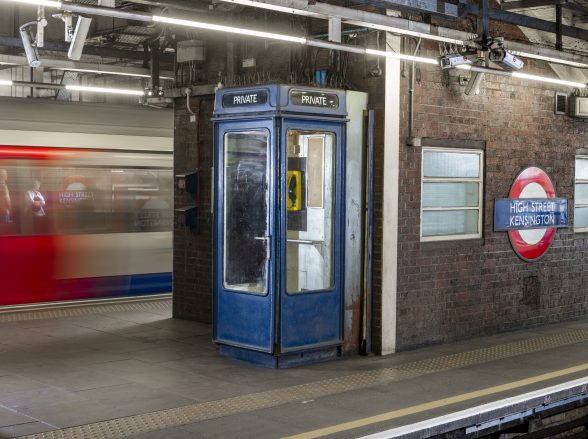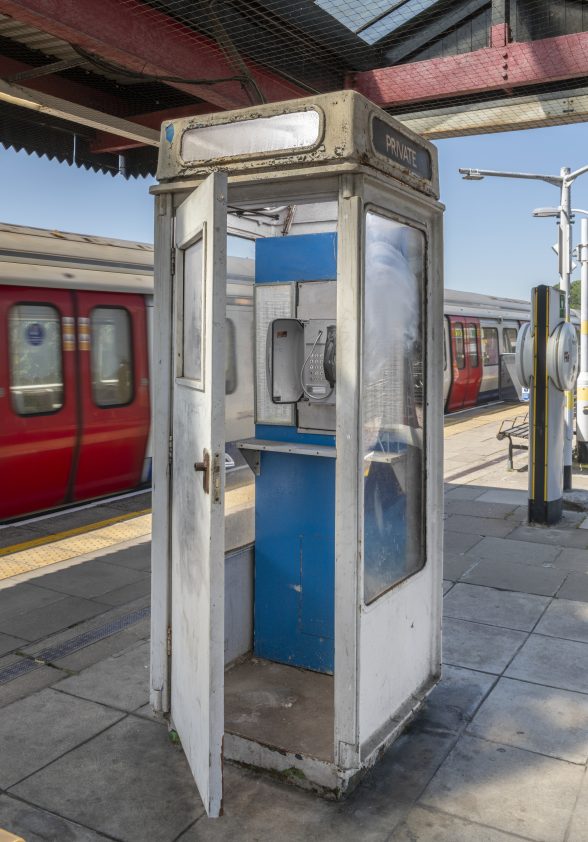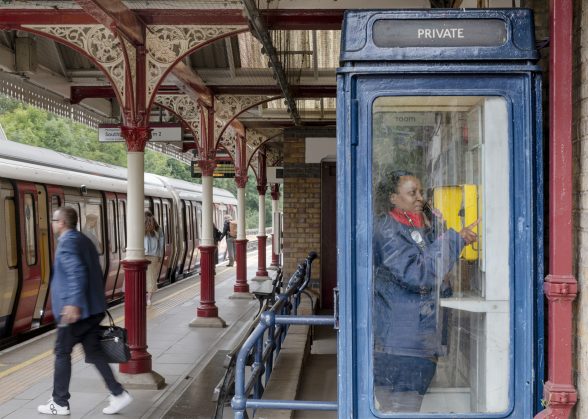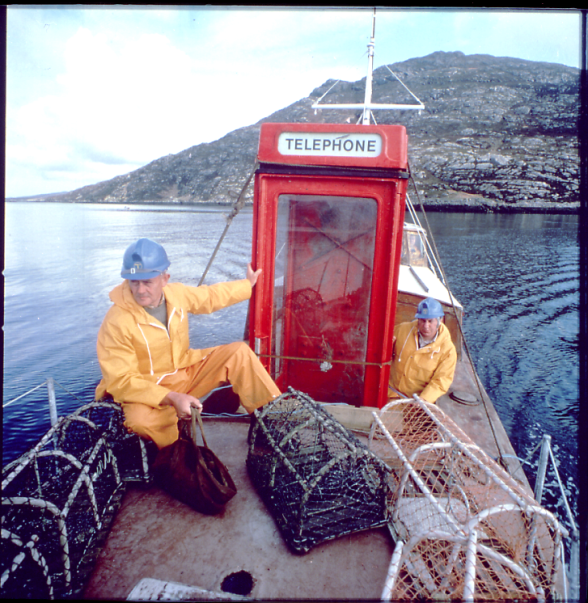This website uses cookies
This website uses cookies to enable it to function properly and to analyse how the website is used. Please click 'Close' to accept and continue using the website.



© Historic England Archive
Four rare K8 phone boxes on the London Underground network have been listed at Grade II by the DCMS following a long-running campaign by the Twentieth Century Society. The phone boxes are situated on platforms at High Street Kensington, Chalfont and Latimer, Chorleywood, and Northwick Park stations.
The K8 was designed in 1965-66 by architect Bruce Martin who was commissioned by the General Post Office, which owned the public telephone network. In contrast to the intricate glass panelling of Giles Gilbert Scott’s famous K2 and K6 boxes, it is modern and minimalist in appearance, which made it easier to repair and maintain.

© Historic England Archive
The last generation of the classic public telephone box
The K8 kiosk is the last generation of the classic public telephone box. Between 1968 and 1983, 11,000 K8s were installed across the UK. However, there are only around 50 remaining in their original position with most of them removed by British Telecom following its privatisation in 1984. They were replaced by the sleek silver KX100 kiosk, which in turn were made virtually obsolete by mobile phones.
Most of the remaining K8s are in Hull as they were part of an independent network rather than the property of British Telecom. Similarly, the tube station phone boxes have survived as they were owned by London Underground and housed an internal telephone system for station staff. As a way of denoting this private use, each of the boxes are painted in different colours to the traditional red. The K8s at High Street Kensington and Chorleywood are blue, the one at Chalfont and Latimer is maroon, and the kiosk at Northwick Park is painted white.

© Historic England Archive

© Historic England Archive
Take it as Red
C20’s landmark ‘Take it as Red’ campaign was launched in 1985, in response to the post-privatisation scrapping of thousands of Sir Giles Gilbert Scott’s classic K2 and K6 phoneboxes. In 2007, the campaign was renewed with a call to save the Bruce Martin designed K8, ‘The Last of the Great Red Boxes’. In total more than 3,000 phoneboxes across the country have been listed as a direct result of the campaign. Countless kiosks have also been adopted by their local communities and found a new role as book exchanges, micro-galleries, coffee kiosks, workshops and food banks, once again fulfilling an central role in their localities and demonstrating the importance and longevity of good design.
Adopt a Kiosk
For just £1, BT’s ‘Adopt a Kiosk’ scheme enables communities to become custodians of phoneboxes and give them a new lease of life. It is open to all recognised local authorities (e.g. District or Borough Council), Parish, Community or Town Councils (or equivalent) and registered charities.
For more information, click here.

This most recent batch of K8 listings in England, is matched by other examples that have recently come to light and been listed in Scotland, Wales and on the Isle of Man – thanks primarily to the extensive research and resourcefulness of one C20 member, who wishes to remain anonymous.
All the listed kiosks across the UK are summarised below, but many more doubtless remain undocumented. Have you spotted any K8’s in your area? Email any tip-offs to: caseworker@c20society.org.uk
Listed examples:

Credit: BT Archives

Become a C20 member today and help save our modern design heritage.